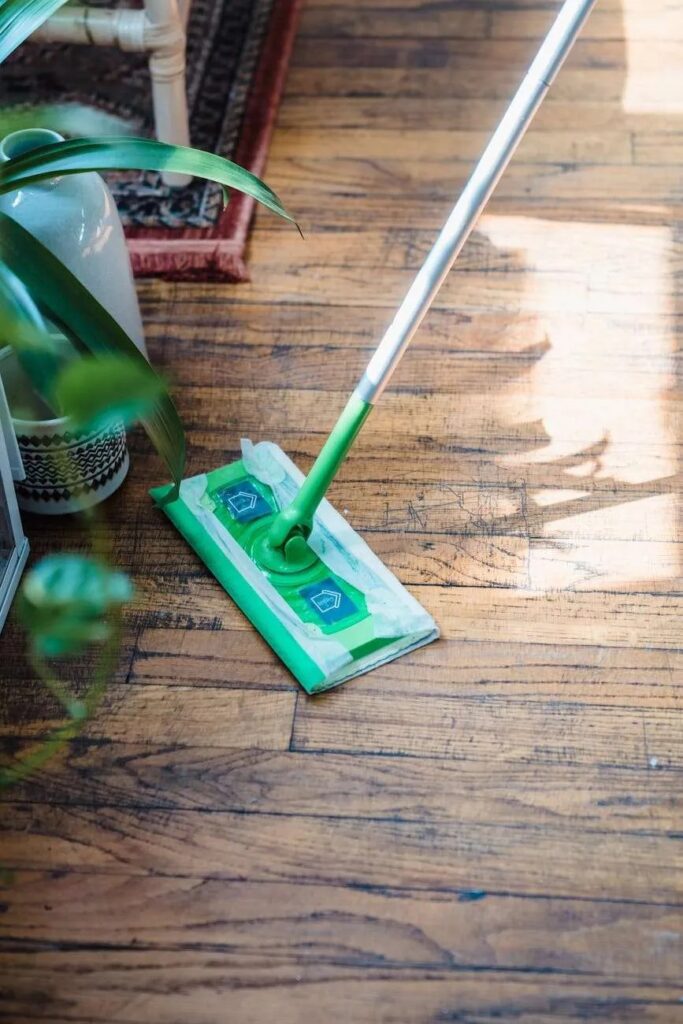Cleaning up after a sewage backup in your home is not just a daunting chore; it can also lead to serious health hazards if not managed correctly. Have you ever thought about the potential consequences of ignoring such a problem? The aftermath of a sewage incident can linger long after the initial disaster, affecting both your living space and your well-being. In this article, we’ll dive into essential steps for safely and effectively handling sewage backups, ensuring you’re well-equipped to tackle this unpleasant situation.
You’ll discover practical tips, necessary precautions, and expert insights to help guide you through this challenging time. Whether you’re dealing with a minor leak or a significant flood, understanding how to act quickly and efficiently is crucial. So, let’s explore the vital steps you need to take when faced with a sewage crisis in your home.
Understanding the Risks of Sewage Backups
Sewage backups can introduce harmful bacteria and pathogens into your living environment. It’s important to recognize that exposure to contaminated water can lead to serious health issues, including:
Moreover, these health risks can escalate if the sewage isn’t cleaned up promptly and thoroughly. So, you might be wondering, why is it essential to act fast? The longer sewage is left unattended, the greater the risk for mold growth and structural damage.
Initial Steps to Take Immediately
When you first discover a sewage backup, the most critical action is to ensure your safety. Before you even think about cleaning up, follow these guidelines:
Once you’ve secured your safety, it’s time to assess the situation. Can you identify the source of the backup? Knowing whether it’s due to a clogged drain, a broken pipe, or flooding can help you address the problem more effectively.
Effective Cleanup Procedures
After ensuring safety, the cleanup process begins. This stage can be overwhelming, but following these steps will help:
As you proceed, remember to ventilate the area. Open windows and doors to allow fresh air to circulate, aiding in the drying process and reducing odors.
Preventing Future Sewage Backups
Once the immediate crisis has been addressed, it’s time to think about prevention. How can you stop this from happening again? Consider the following tips:
By taking proactive measures, you can significantly reduce the risk of future backups and safeguard your living environment.
When to Call Professionals
Sometimes, the situation may be beyond your control. If the sewage backup is extensive or contains hazardous materials, it’s best to consult professionals. They have the necessary expertise, tools, and safety equipment to handle serious sewage issues efficiently.
Are you unsure whether to call in the experts? If you find yourself overwhelmed, it’s always better to err on the side of caution.
By remaining informed and prepared, you can navigate the challenges of a sewage backup effectively, protecting both your home and your health.




